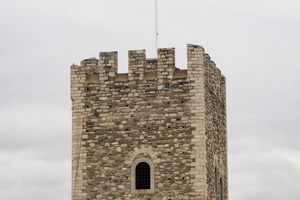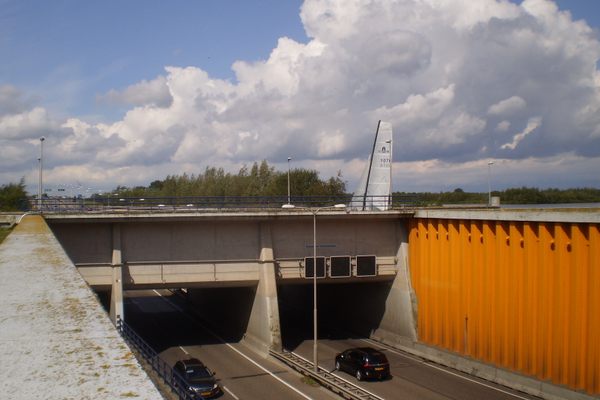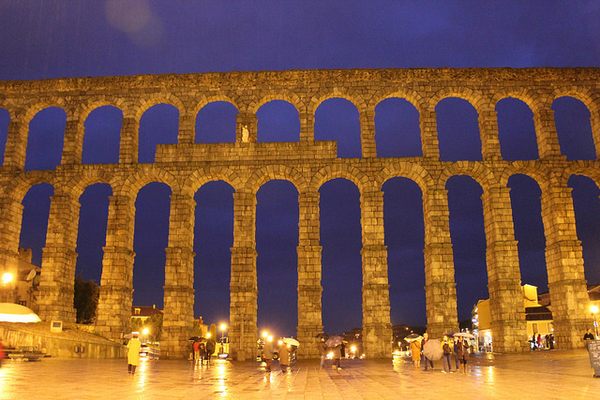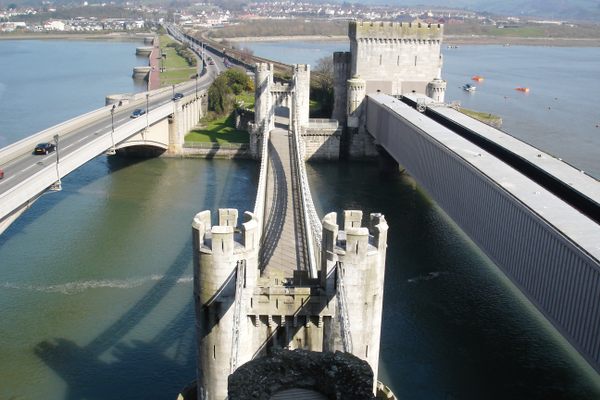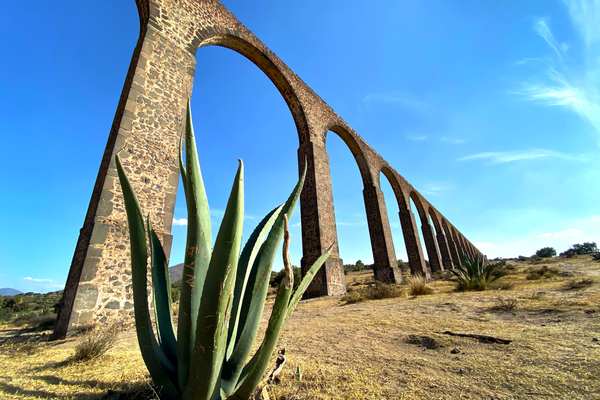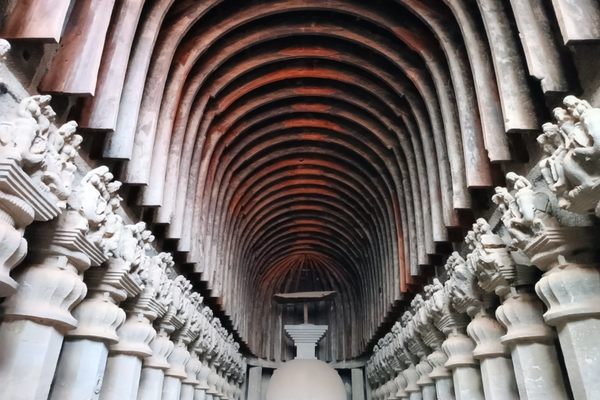About
This is the only ancient aqueduct found in North Macedonia. It's made of bricks and stones, measures over 1,000 feet (390 meters), and consists of 55 arches. These are the only facts about this aqueduct that are certain, apart from the fact that it is located in the middle of nowhere. Three ancient empires could have built this aqueduct, but there is no evidence pointing more convincingly at one rather than the others.
In chronological order, the aqueduct could have been built in the 1st century CE by the Romans, which would befit their propensity to build aqueducts throughout their empire. It could have taken water from Lavovec Spring and brought it to a legionary settlement by the name of Scupi that once existed near the aqueduct.
The Byzantines are the second, more recent contestants. If credit went to them, the aqueduct would have been built during the 6th century CE and would have provided water to the city of Justiniana Prima. Emperor Justinian I intended to turn this new settlement into the metropolitan and administrative center of the Byzantine Empire in the Balkans.
Lastly, the aqueduct could have been built in the 16th century by the Ottoman Empire. Its main purpose would have been to feed the numerous hammams that were established in the area as soon as Ottomans conquered these territories.
It is quite remarkable that none of these theories has superseded the others, especially considering the span of history that they cover. Accordingly, the age of this aqueduct is between 500 and 2,000 years old. A narrow dirt road leads to this puzzling piece of history which has been left in a state of disrepair.
Related Tags
Published
April 21, 2023
















